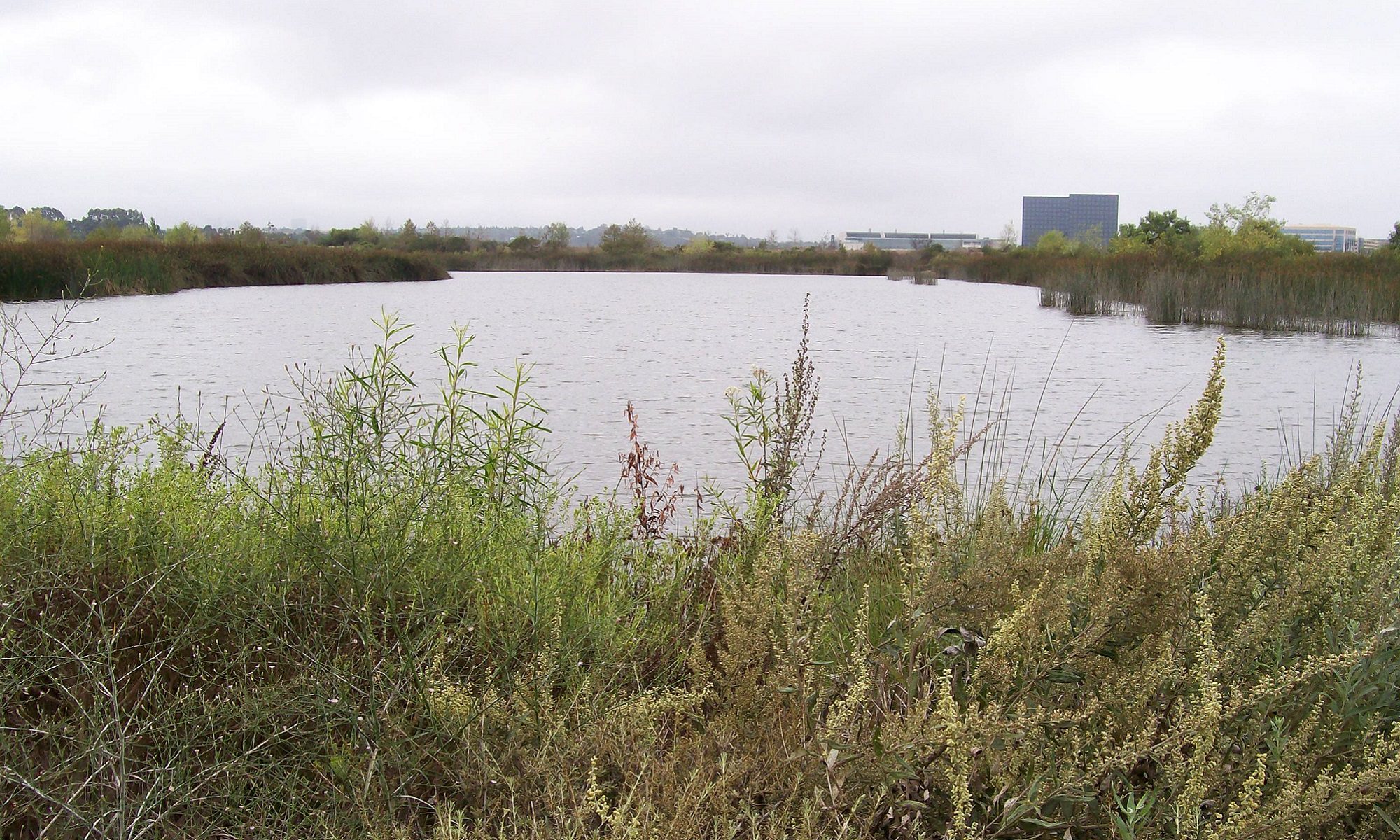Recent analysis of recently-accumulated data shows that no significant number of hoaxes could have been involved in fifty-seven of the ninety-eight eyewitness sighting reports in which wingspans were numerically estimated. In other words, no hoax or hoaxes had any major influence on the living-pterosaur investigations.
This had been shown in an earlier study, when less data was available. A larger sampling of eyewitness testimonies now confirms the earlier conclusion: no hoaxes, or at least so few of them that the result is unimportant.
Most of the 98 sighting reports, from which the 57 with wingspan estimates were taken, suggest flying creatures that have long tails like Rhamphorhynchoids. That is where the idea comes from for the possibility that hoaxers may have tried to conjure up that type of pterosaur in their hoaxes. But the data shows something far different from what is commonly believed about Rhamphorhynchoids, for the size-estimates do not fall sharply at around five-to-seven-feet, but gradually decline at huge wingspans, far larger than what is standard-size for even the largest flying birds of modern times.
How do I know that these reports are not the result of hoaxes? . . . With many eyewitnesses, with sightings in many American states, I have found something interesting about reports of featherless appearances. A hoax would be expected to include certainty of no-feathers, for why would a hoaxer want to leave any room for doubt? But the overall descriptions in the many sighting reports I have examined show something different: The definitely-no-feathers are out-numbered by the probably-no-feathers. Since actual sightings would involve many conditions (distance from creature, visibility, angle of view), some eyewitnesses would not get a clear enough view to be really sure the creature had no feathers. That is what I have received from many eyewitnesses: What is natural for true sightings but unnatural for hoaxes.


